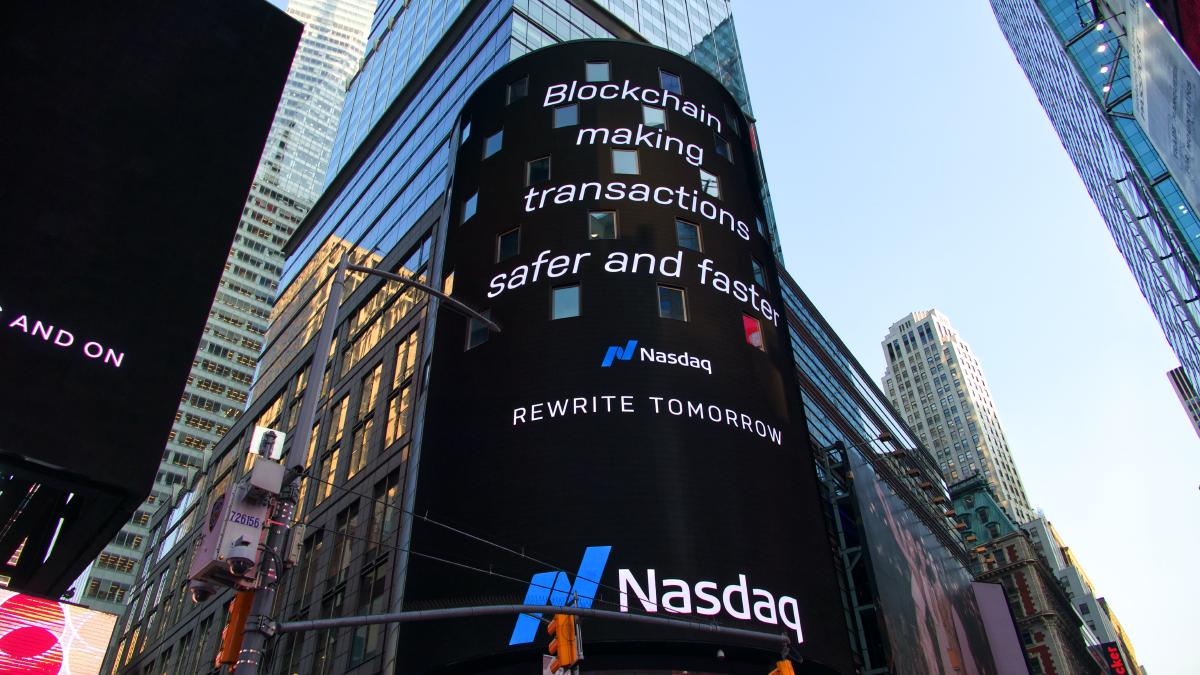The idea of a borderless decentralized currency remains a very romantic one, but we have yet to see global adoption. After almost 15 years of Bitcoin, rather than taking over central banks, crypto seems to be filling different gaps in economies around the world.
After the recent scandals, namely the FTX downfall, and the US regulators choking crypto businesses, there was a massive purge in the industry. VC money mostly shifted from crypto to AI and adoption is down overall in developed countries, which already have an accessible offer of banking services.
End-user adoption is low #
Even with rising inflation and an economic recession around the corner, in places like the US, UK, or EU there isn’t an incentive strong enough to push people away from their financial system:
- Entry barriers are high: Setting up a crypto wallet and sending and receiving tokens requires more effort when compared to using Revolut, Wise, or Monzo, for example. Moreover, people are used to paying for everything in a single domestic currency, which confuses them when introducing a new one. It’s way more natural to charge $10 for a beer than 0.000028 BTC, for example;
- Lack of solid regulation: Despite significant developments in the EU and the US, we’re yet to see properly established regulation frameworks that can level crypto with other financial instruments and are clear to users, especially in what regards to tax;
- Banks are relatively safe: Even with all the power exercised by banks and governments, it is safe to have money in the bank, given that deposits in the EU are protected by legislation, as well as in the US with the FDIC and credit unions;
- Not ready for payments: The existing payments industry is tightly coupled with banking and we don’t have yet the right tools to make it easier and cheaper for any merchant to accept crypto payments;
All things considered, banking is still pretty much a no-brainer because it’s accessible and effective. The end users don’t care about blockchain, bitcoin, or whatever technology holds their money, as long as it’s easy to use and reliable.
Financial institutions are pushing forward #
At the same time, as the finance industry responds with competition, it is also starting to adopt and integrate crypto assets both on the commercial and technical sides in several different ways:
- Regulated investment assets: With the improvements in regulation, big asset managers like Grayscale and Blackrock are starting to get into digital asset markets. 2024 should see a major flow of institutional money into crypto after the upcoming spot bitcoin and other crypto ETFs are approved;
- Enabling faster settlements: Today’s money transactions are very slow. Most payments might seem instant to the end user but that’s just because one of the parties is bearing the liability. Several apps like Strike, PayPal, Circle Pay, or BitPay are already using blockchain technology (lightning network and stablecoins) behind the scenes to improve their settlement speeds, and ultimately the success rate because less liability checks are required;
- Transfers between institutions: Whenever a payment is made, there are usually several transactions between different institutions like card issuers, banks, payment acquirers, or any other entity taking part in the business. Not only those transactions are slow, but also there need to be a lot of controls in place for these institutions to trust each other. Stablecoins can play a key role here, not just to improve speeds but also to provide a shared audit trail that simplifies trust between all of them. Visa and Paypal are two of the companies experimenting with stablecoins for this purpose;
- Decentralized Finance: Although there is still a long way to go on the regulatory side, DeFi is still on the rise, with platforms like Compound, AAVE, or Curve offering new financial products with better interest than bonds or savings accounts. We expect some of these companies to become fully regulated at some point, however, institutions like JP Morgan will get there first by adding DeFi products to their offer;
Final Remarks #
The financial freedom idea is still pretty much alive among Bitcoiners, and it’s proven itself as a strong alternative in weaker economies. However, in the developed world, it found more resistance from both the regulators users. There is still a big gap between blockchain technology and the actual consumer products that could lead to mass adoption. End users want a product that’s easy and legal to use, and don’t really care if it’s powered by blockchain or not, even if it means that somebody else can take control of their money, simply because that’s not common in developed countries.
Cryptocurrencies are making their way into the finance industry, mostly in the form of speculation vehicles, but also on the technological side, with banks and financial institutions looking into using blockchains to increase settlement speeds, security, and the audit trail of their existing products.
Pretty much like banking and currencies aren’t the same in different parts of the world, cryptocurrencies are filling different gaps in economies, while at the same time offering a competitive alternative to existing financial instruments. Although it’s not straightforward, we could say that cryptocurrencies are improving the financial industry, rather than taking it over.


